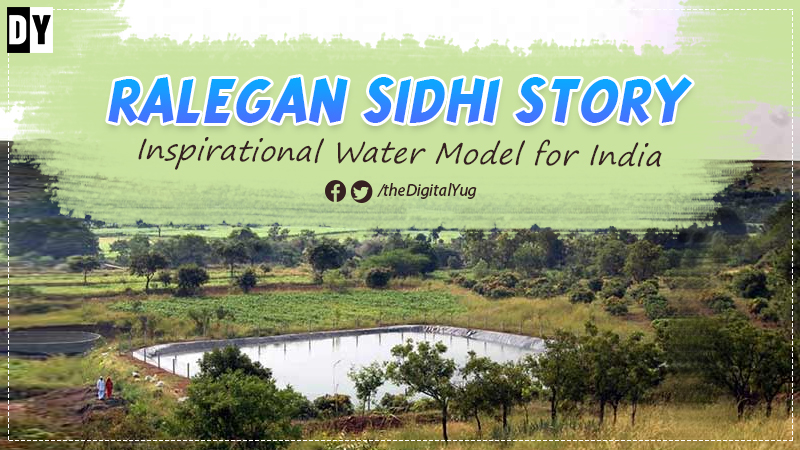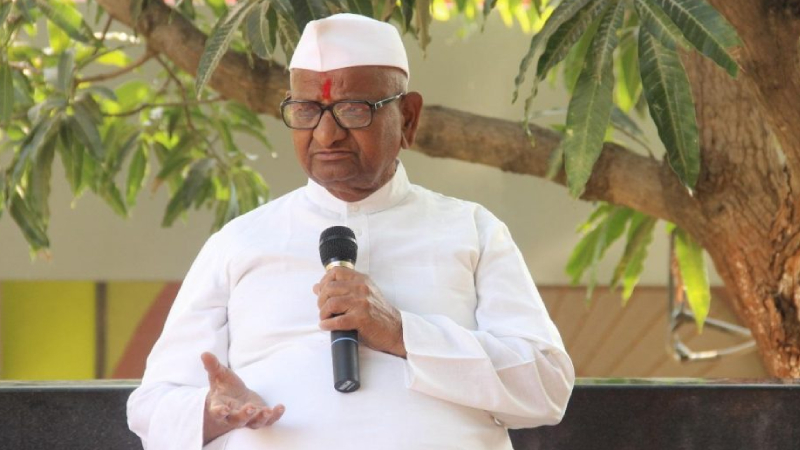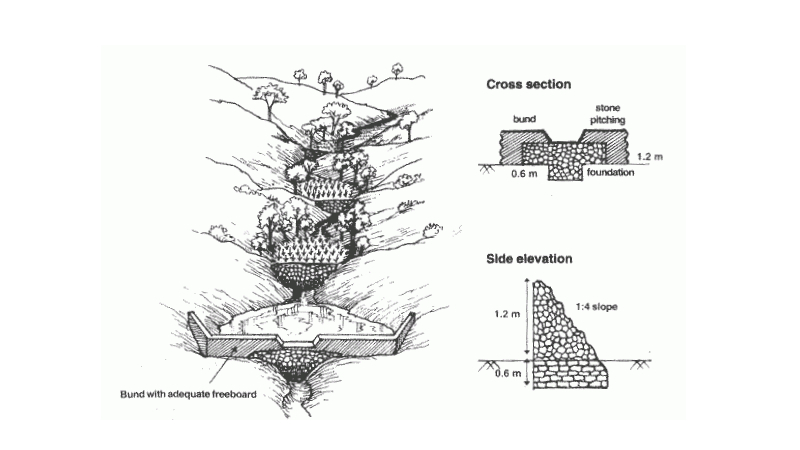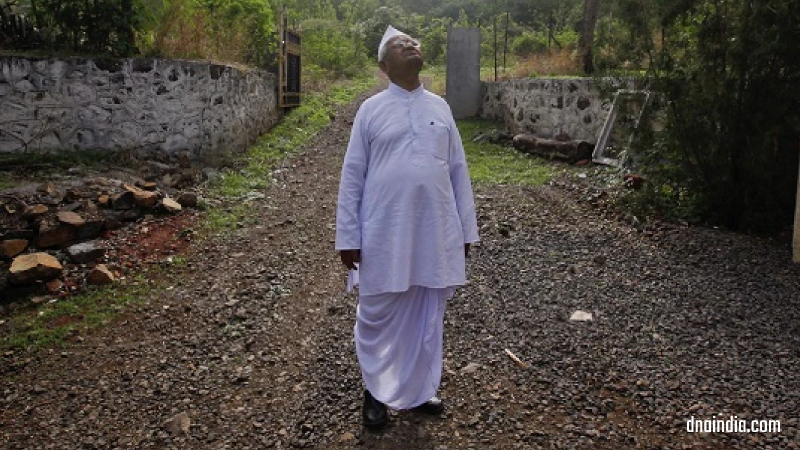
Ralegan Siddhi, a flourishing and self-sufficient village in the Ahmed district of Maharashtra, is recognized as a model of environmental conservation. You ask, “how?”
For that, we need to go back to the late 20th century where water in Ralegan Siddhi was no less than gold. As it is located in the semi-arid part of Maharashtra, annual rainfall was only 400-500 mm that made it extremely difficult to grow crops and to earn money.
Agriculture was the primary occupation in Ralegan Siddhi, but due to low rainfall and irrigation problems, the land wasn’t fertile enough to grow even basic crops. Because of such a situation, many people around the 1970s left Ralegan Siddhi to find local jobs elsewhere.
But their condition got worse as they didn’t find appropriate work for themselves and returned to their village empty-handed.
Unemployment and poverty arise, and consumption and production of alcohol became their new source of survival because they started producing alcohol as it needed less water and made them earn little money.

In 1975, Baburao Anna Hazare (a retired army officer) returned to Ralegan Siddhi and was disappointed to witness such misery in his village. People were addicted to alcoholism, and Anna decided to serve the rest of his life in the village’s prosperity and its citizens.
He tried helping the villagers by employing them in seasonal jobs but soon realized that only agriculture could end poverty and make them self-sufficient and happy.
To make that happen, he was obliged to resolve this water crisis so that they can grow crops and earn their livelihood
Anna was determined to find solutions for such a crisis and started communicating and spreading his ideas. He wanted to involve every citizen in water conservation and harvesting. He knew that if everyone, including the youth, will come forward and participate, the village could be revived and prosper. Anna commenced a youth society and village assembly to expand his ideas and to build a healthy environment.
Strategies and projects he initiated were: Further Transformations
Watershed management also helped other aspects such as:
Further Transformations
Watershed management also helped other aspects such as:
 Current Situation
Current Situation
If you visit Ralegan Siddhi now, it has been changed entirely:
As Anna Hazare once said, “By caring for a bigger family, a person can be happy. A small seed of wheat buries itself, only to create many more fresh grains. There should be some sacrifice in life that will make life complete and more fulfilling.”
The World Bank Group has concluded that the village of Ralegan Siddhi was transformed from a highly degraded village ecosystem in a semi-arid region of extreme poverty to one of the richest in the country.
This is a story of transformation and sacrifice. It shows that the dedication of a single person can change the lives of many. Mr Anna Hazare was awarded the Padma Bhushan, the third-highest civilian award, by the Government of India in 1992 to establish this village as a model for others.
Latest Updates from around the world
Most read stories, topics, and videos
Latest Updates from around the world